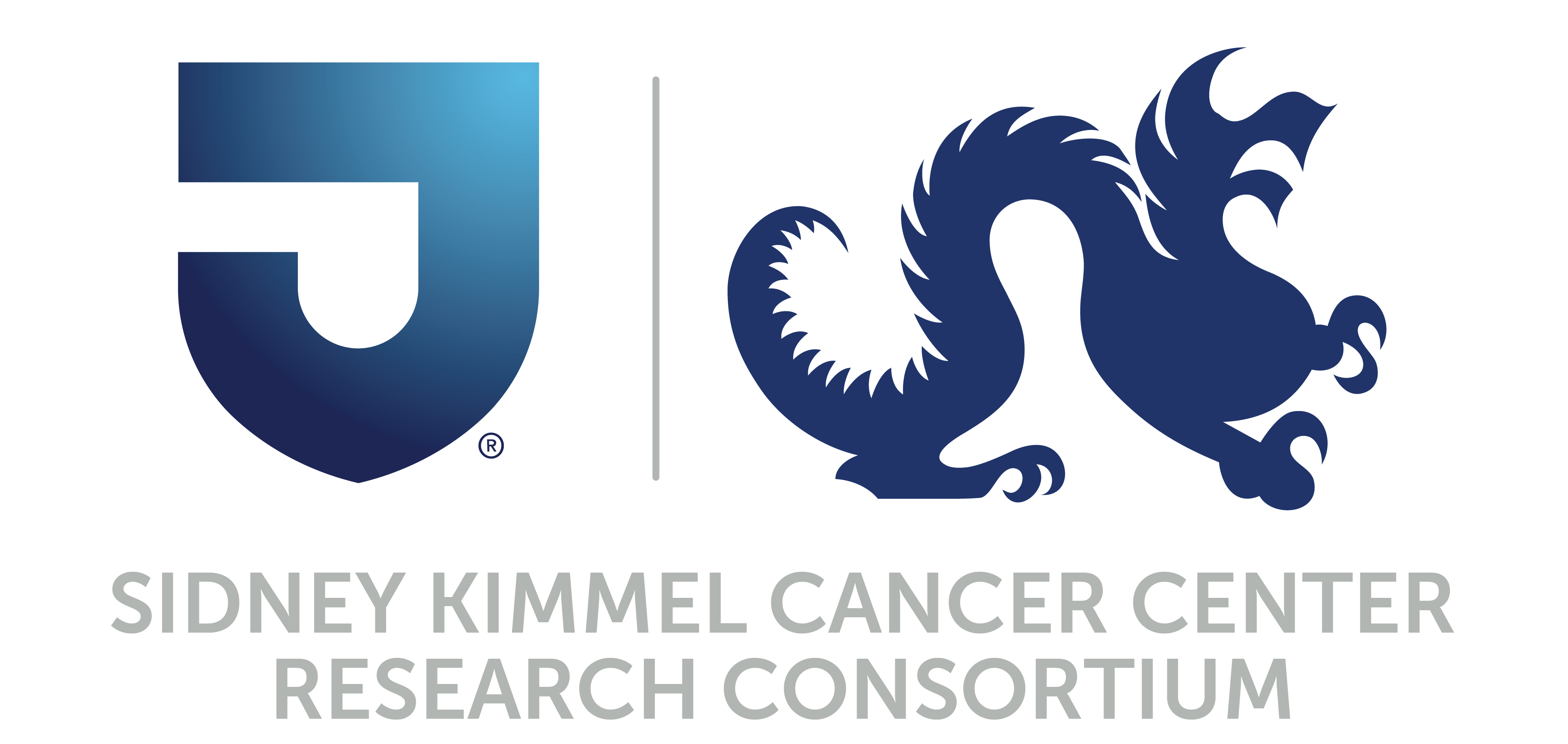- Advertise
- About OncLive
- Editorial Board
- MJH Life Sciences brands
- Contact Us
- Privacy
- Terms & Conditions
- Do Not Sell My Information
2 Clarke Drive
Suite 100
Cranbury, NJ 08512
© 2025 MJH Life Sciences™ and OncLive - Clinical Oncology News, Cancer Expert Insights. All rights reserved.
New USPSTF Guidelines Increase Lung Cancer Screening Among African Americans
The US Preventive Services Task Force updated its lung cancer screening guidelines in 2021 to include more members of vulnerable populations, including African Americans, women, and the LGBTQ community.
The US Preventive Services Task Force (USPSTF) updated its lung cancer screening guidelines in 2021 to include more members of vulnerable populations, including African Americans, women, and the LGBTQ community. An analysis conducted at Thomas Jefferson University showed that, in the first 9 months since the guidelines were released, the percentage of African Americans undergoing screening through 1 program is up 38.4%.1
USPSTF guidelines issued in 2013 set the minimum age for lung cancer screening at 55 years and smoking intensity at 30 pack-years, defined as smoking 1 pack of cigarettes per day for 30 years or the equivalent. The 2021 guidelines reduced the minimum age to 50 years and smoking intensity to 20 pack-years to increase the number of eligible people.2
Julie Barta, MD, senior study author; assistant professor of medicine at Jefferson; co-lead for the Lung Cancer, Screening, and Nodules Program at the Jane & Leonard Korman Respiratory Institute; and an investigator at the Sidney Kimmel Cancer Center, told OncLive® that investigators wanted to evaluate Jefferson’s centralized screening program. They hoped to characterize the demographic and socioeconomic characteristics of participants coming through the screening program.
“We know from others’ work that Black and African American individuals are often diagnosed with lung cancer with fewer pack years of smoking and at younger ages,” Barta said. “Part of the rationale for expanding the guidelines was to make sure that we are reducing underscreening and providing lung cancer screening more equitably to all groups who are at high risk.”
Jefferson investigators analyzed data from patients who underwent screening at its campus in Center City Philadelphia, Pennsylvania, from March 9, 2021—when the new guidelines were released—to December 9, 2021. Patients were separated into those who were eligible under the old guidelines (n = 654) and those who were eligible under the new recommendations (n = 161).1
Investigators found that the newly-eligible cohort had a significantly greater proportion of African American individuals (54.0% vs 39.5%; P = .002). Moreover, newly eligible patients were more likely to be current smokers (65.2% vs 55.0%; P = .02).
Patients eligible under USPSTF 2021 criteria had a lower frequency of Medicare insurance compared with those eligible under USPSTF 2013 criteria; they also had a significantly lower mean PLCOm2012 lung cancer risk, according to a prediction model derived from the Prostate, Lung, Colorectal, and Ovarian Cancer Screening Trial and modified using National Lung Screening Trial data.
“That was really exciting to see because it did fit with some of the expectations of expanding the screening criteria,” Barta explained. “However, we did not see any sort of similar increase among women or other racial minorities or individuals with low educational attainment.”
Barta added that it is difficult to determine why African Americans are diagnosed with lung cancer at a younger age and lower smoking intensity than Whites. She said there are some individual factors and comorbidities that can contribute to this, but the question is a complicated one.
“There may be factors at the neighborhood or community level, social variables, and even factors like structural racism and housing segregation, as well as stigma,” Barta noted. “That is so pervasive when we talk about lung cancer. All these factors are contributing in a multilevel way.”
Jefferson, with its location in Philadelphia, is uniquely situated to address lung cancer among African Americans. Philadelphia is a majority-minority city, with a population that is 43.6% Black, and it has the highest smoking rate of any large US city.3,4 The national average smoking rate among women was 14% in 2019 and 17% in men. In Philadelphia, those numbers are 17% and 23%, respectively.4
Jefferson is a lead institution of the Philadelphia Lung Cancer Learning Community, a consortium that includes clinicians, researchers, and health systems that works to increase knowledge about screening and implement community-based approaches to outreach to vulnerable populations.
“We are coming together across health systems to identify areas of the city that are at risk, and figure out what we can do to tailor our approaches with lung cancer screening to the patients who need it the most,” Barta said.
References
- Shusted CS, Evans NR, Kane GC, et al. Analysis of lung cancer screening by race after USPSTF expansion of screening eligibility in 2021. JAMA Netw Open. 2022;5(6):e2217578. doi:10.1001/jamanetworkopen.2022.17578
- Krist AH, Davidson KW, Mangione CM, et al. Screening for lung cancer: US Preventive Services Task Force recommendation statement. JAMA. 2021;325(10):962-970. doi:10.1001/jama.2021.1117
- United States Census Bureau. Quick facts: Philadelphia County, Pennsylvania. Population estimates as of July 1, 2021. Accessed June 17, 2022. https://bit.ly/2FWmeyE
- Philadelphia Department of Public Health. Tobacco use in Philadelphia. July 2021. Accessed June 17, 2022. https://bit.ly/3MZpk4z


